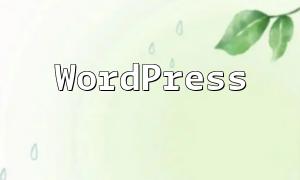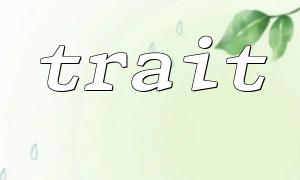Canary release is an effective software deployment strategy that gradually delivers new versions to a subset of users, ensuring system stability during updates. Compared with traditional full releases, canary releases allow flexible monitoring of new version performance and enable quick rollback in case of issues. This article focuses on how to achieve packaging deployment with PHP to enable canary releases and rollbacks.
Packaging is the first step in the canary release process. PHP projects commonly use Composer or Phar tools to package applications along with their dependencies for easier distribution and deployment.
First, create a composer.json file in the project root to declare the application and dependencies, for example:
{
"name": "myapp",
"version": "1.0.0",
"require": {
"php": "^7.0",
"vendor/package": "^1.0"
}
}Next, run the command to install dependencies and generate the vendor directory:
composer installThen, create an entry file entry.php to load dependencies and start the application:
<?php
require __DIR__ . '/vendor/autoload.php';
use MyNamespaceMyClass;
$app = new MyClass();
$app->run();Finally, use Phar to package the project into a single executable file:
php -d phar.readonly=0 box.phar compileThis command generates a myapp.phar file that can be executed directly to start the application.
The core of canary release is distributing traffic among multiple servers to smoothly switch between new and old versions. In PHP projects, Nginx reverse proxy or load balancing configurations are commonly used to achieve this.
Example Nginx configuration:
http {
upstream backend {
server 10.0.0.10:8000; # Primary server
server 10.0.0.20:8000; # Secondary server
}
server {
listen 80;
server_name myapp.com;
location / {
proxy_pass http://backend;
}
}
}In this configuration, Nginx distributes requests based on load balancing between primary and secondary servers. The new version is deployed on the secondary server, allowing gradual traffic adjustment and monitoring to ensure a smooth transition.
Rollback means restoring the application to a previous stable version to handle issues with new releases. Common approaches include version control rollback and backup restoration.
When using Git for version control, a rollback example is:
# Switch to the old version branch
git checkout old_version
# Reinstall dependencies
composer install
# Rebuild and deploy
php -d phar.readonly=0 box.phar compileIf using backups, regularly back up application files and databases so that you can quickly restore to a stable state when problems occur, minimizing business impact.
By leveraging PHP packaging tools and Nginx traffic management, combined with version control and backup techniques, you can build a flexible and secure system for canary releases and rollbacks. This improves release controllability and effectively safeguards user experience and system stability.










